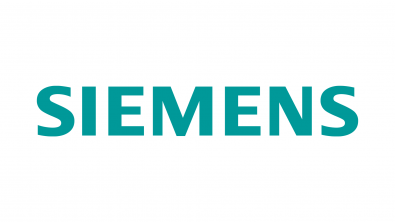Electronic Systems Design
Skip to a product:
PADS Professional | HyperLynx | Xpedition Enterprise
Filter by:
This blog is a place to learn about electronic systems design, from PCB design to simulation and verification, to manufacturability and manufacturing execution.
Learn more about electronic systems design.



